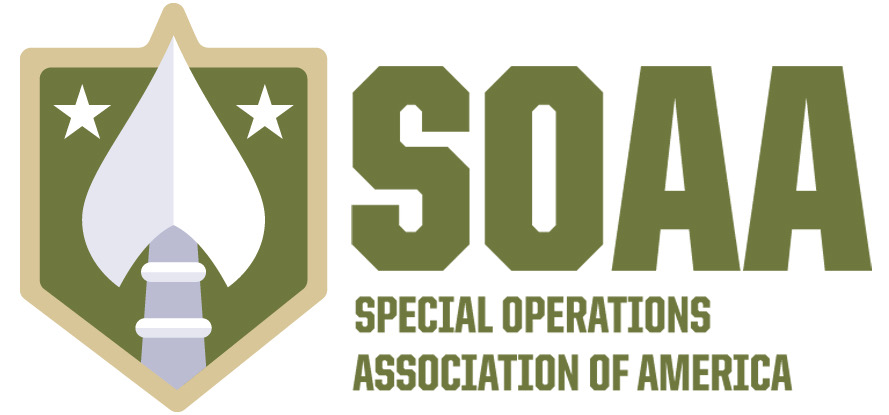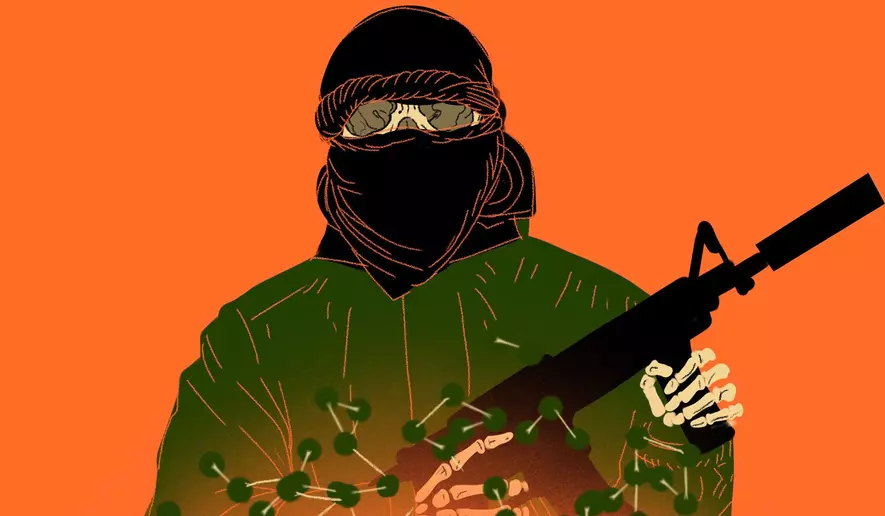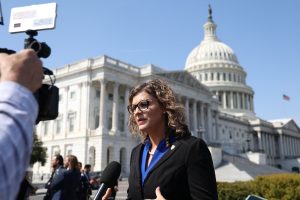Afghanistan is more dangerous today than it was in September 2001. The disastrous Doha agreement of 2020 and the catastrophic withdrawal of US and NATO forces in August 2021 have caused the country to become a hub and haven for international terrorism once again. Our Executive Director, David Cook, co-authored an Op-Ed for The Washington Times with Ali Nazary, head of foreign relations for the National Resistance Front (NRF) of Afghanistan and senior adviser to Ahmad Massoud.
Ali Nazary lives this terrifying reality daily. He confirms that since August 2021, more than 20 terrorist groups have set up bases in Afghanistan. Thousands of fighters from all over South, Central and Western Asia have flooded the country. The Taliban — contrary to their fictitious narrative that they had severed all ties with terrorist groups, especially al Qaeda — have embraced these guests. Most concerning is the infiltration and influence of ISIS within Taliban ranks. The threat of ISIS-K is growing and will threaten global stability sooner than anticipated. Lt. Gen. Erik Kurilla, commander of Central Command, testified that ISIS-K will be able to attack US assets and Europe within six months. This is not a threat to be ignored!
The last time terror groups had freedom of movement in Afghanistan, al Qaeda planned and executed the largest attack on US soil since Pearl Harbor. Currently, the only opposition to the Taliban and extremist groups operating in Afghanistan is the NRF, led by Ahmad Massoud. The NRF is the last remaining force fighting for democratic values in Afghanistan, yet they have been fighting without any external support since August 2021. Defying all odds, they have managed to sustain their forces and expand to neighboring regions. The NRF has proved their determination and competence on the battlefield, and they are the only ones combatting terrorism on the ground in Afghanistan. We cannot stand by as the advantage goes to the very groups that facilitated the September 2001 attacks on the United States.





